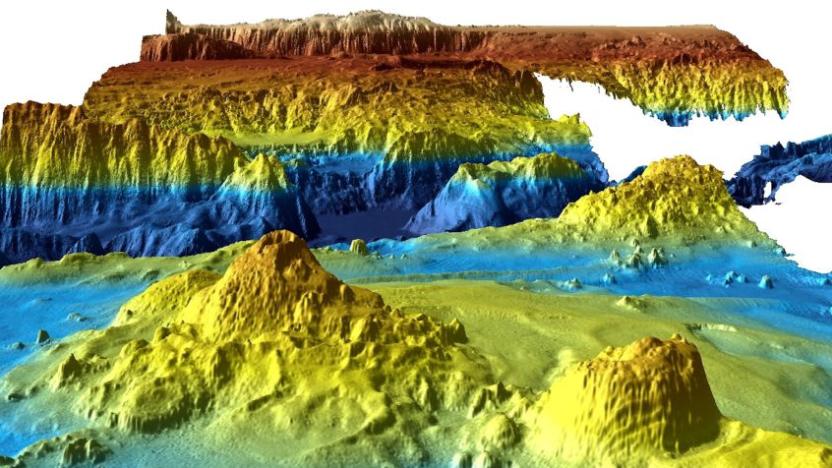indianocean
Latest

Missing Malaysia Airlines flight search yields valuable seafloor data
In 2014, Malaysia Airlines flight MH 370 disappeared from radar and a massive search for the missing aircraft ensued. For two years, scientists used sonar to map the seafloor where the plane was thought to have crashed, and then search for any remnants. Nothing was found and the search was officially called off this past January, but the data collected during the search has now been released.

Floating robots will find out what keeps the Indian Ocean healthy
Believe it or not, scientists don't know a lot about how the Indian Ocean works. Without many samples, researchers are frequently left in the dark about the ways that fish, plankton and other aquatic life flourishes in the area. That won't be a challenge for much longer, though. Australia's national science agency is launching a fleet of BioArgo robots that will measure both the biological and physical traits of the ocean to learn what makes it healthy. Much like the Argo machines studying Arctic waters, they'll float deep underwater (nearly 6,600 feet) and drift with the current. They'll usually need to surface only when they're transmitting their findings. Combined with satellite imagery, the BioArgo drones should give researchers a true "3-dimensional picture" of the Indian Ocean -- important when a sixth of the human population depends on this sea for basics like food and transportation.

